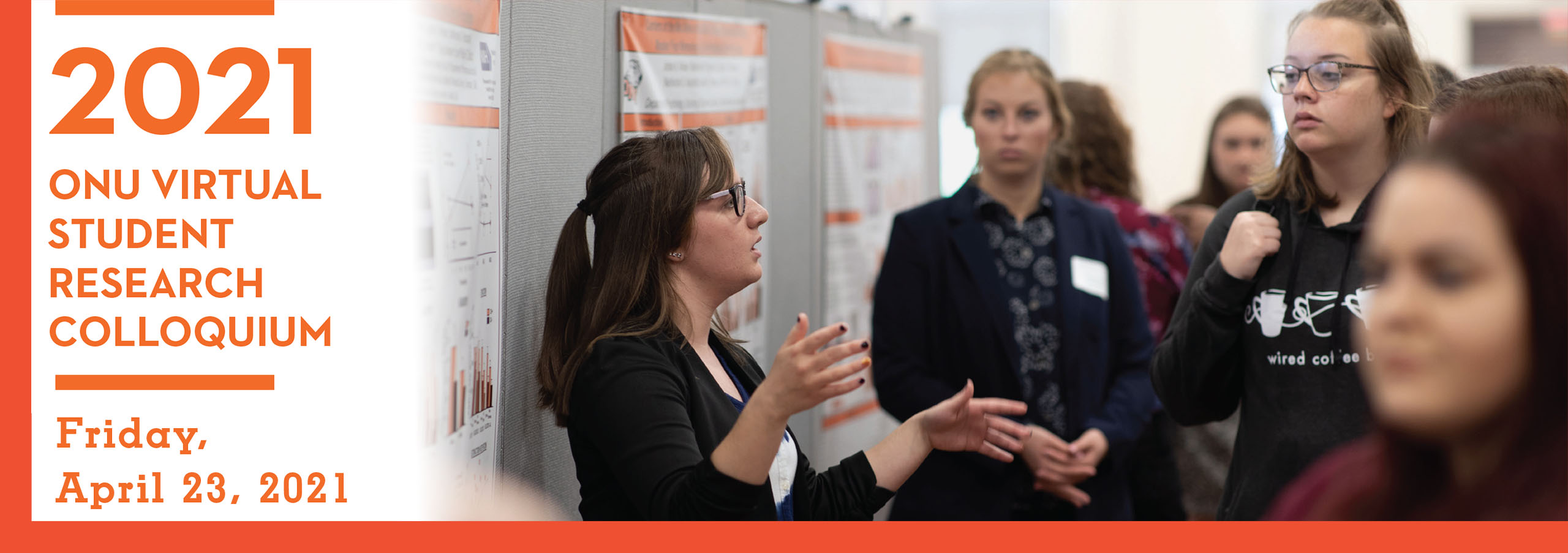Sponsor
Jamie Hunsicker, DNP
Ohio Northern University
Health & Behavioral Sciences, Nursing
j-hunsicker@onu.edu
Advisor(s)
Megan Lieb, DNP
Ohio Northern University
Nursing, Health & Behavioral Sciences
m-lieb.2@onu.edu
Jamie Hunsicker, DNP
Ohio Northern University
Health & Behavioral Sciences, Nursing
j-hunsicker@onu.edu
Document Type
Poster
Start Date
23-4-2021 9:00 AM
Abstract
Problem: With pressure ulcers remaining a challenge in the healthcare system, it is important that nurses help to care for and prevent future pressure ulcers. Pressure ulcers can result in pain, infection, and prolonged hospital stays.
Aims: The purpose of this project was to determine the effect of pressure injury education on nurses’ implementation of pressure ulcer prevention methods for patients that are at higher risk for developing pressure ulcers.
Methods: Nurses on a medical oncology unit at a local hospital were given pre-surveys to determine what pressure ulcer prevention methods they currently use. Education on pressure ulcer prevention was provided to these nurses through written format and verbal education. A post-survey was provided to these nurses two weeks after pressure ulcer prevention education was provided to determine what new pressure ulcer prevention methods the nurses are using.
Pertinent Findings: It is expected that the nurses will increase their knowledge of pressure ulcer prevention techniques and implement those new techniques when caring for patients who are at high risk for acquiring pressure ulcers.
Conclusion: This project should be beneficial for the healthcare system as it should help to prevent pressure ulcers and decrease costs associated with pressure ulcers.
Recommended Citation
Schroeder, Elisabeth J., "Pressure Ulcer Prevention" (2021). ONU Student Research Colloquium. 56.
https://digitalcommons.onu.edu/student_research_colloquium/2021/posters/56
Restricted
Available to ONU community via local IP address and ONU login.
Pressure Ulcer Prevention
Problem: With pressure ulcers remaining a challenge in the healthcare system, it is important that nurses help to care for and prevent future pressure ulcers. Pressure ulcers can result in pain, infection, and prolonged hospital stays.
Aims: The purpose of this project was to determine the effect of pressure injury education on nurses’ implementation of pressure ulcer prevention methods for patients that are at higher risk for developing pressure ulcers.
Methods: Nurses on a medical oncology unit at a local hospital were given pre-surveys to determine what pressure ulcer prevention methods they currently use. Education on pressure ulcer prevention was provided to these nurses through written format and verbal education. A post-survey was provided to these nurses two weeks after pressure ulcer prevention education was provided to determine what new pressure ulcer prevention methods the nurses are using.
Pertinent Findings: It is expected that the nurses will increase their knowledge of pressure ulcer prevention techniques and implement those new techniques when caring for patients who are at high risk for acquiring pressure ulcers.
Conclusion: This project should be beneficial for the healthcare system as it should help to prevent pressure ulcers and decrease costs associated with pressure ulcers.

